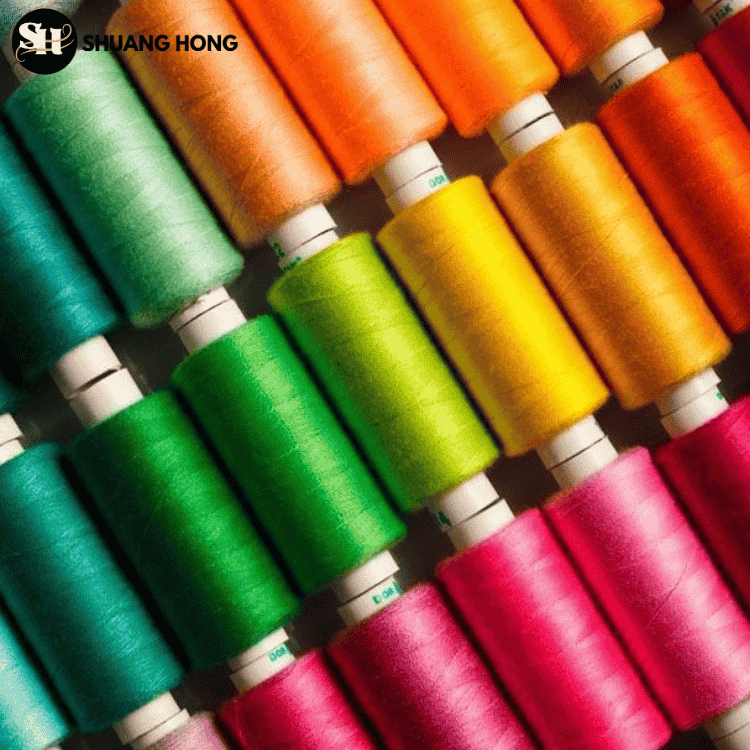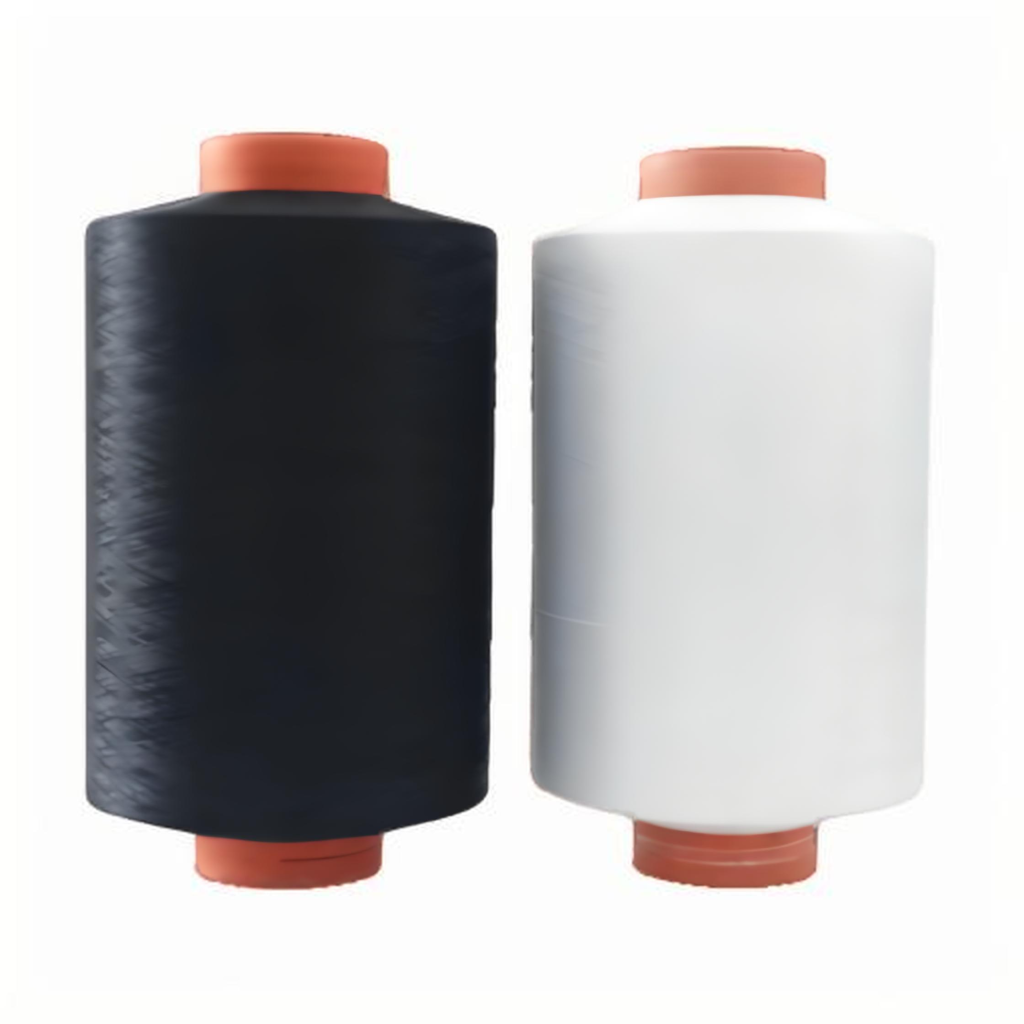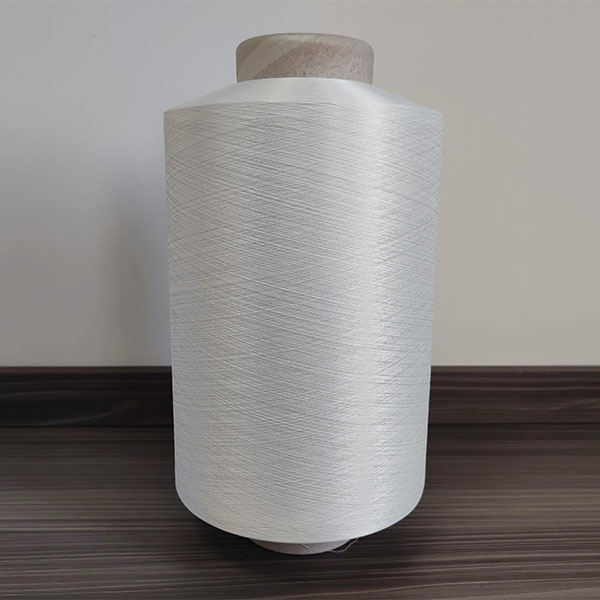En el textil industria, el calidad de coser hilos doesn’t sólo depend en fabricación procesos. Equally vital son el postproducción steps—how hilos son packaged, transported, y stored. Even el highest-calidad hilos puede suffer damage, deformation, o contamination if ellos son no handled according a established normas. En such, hilo envasado y storage normas son a crucial aspecto de hilo logistics y producto calidad seguridad.
En Chino nacional estándar GB/T 6836-2007 no sólo define rendimiento y visual criteria para coser hilos pero también proporciona detailed guidance en correcto packaging, labeling, transportation, y storage practices. Por adhering a estos guidelines, fabricantes y suppliers puede protect el structural integrity, color coherencia, y usability de su hilos throughout el supply chain.
Este artículo esboza el clave principles y prácticas related a hilo envasado y storage normas, based en el GB/T 6836-2007 guidelines. En envasado protocolos a first-en-first-fuera storage rules, cada step plays a papel en mantener hilo rendimiento from factory a final application.

Yarn supplier
En Role de Embalaje en Hilo Logistics Is Essential a Calidad Control
Proper envasado es more than a formality—it’s a defensive barrier que shields hilos from dust, moisture, mecánico pressure, UV exposure, y contamination durante handling y transport. En hilo logistics, envasado debe garantizar el spools o cones son kept clean, intact, y free from damage, si ellos son shipped locally o internationally.
Según a hilo envasado y storage normas, el primary function de envasado es a preserve el original condition de hilos como ellos leave el producción line. Poor envasado puede plomo a deformation de cones, tangling, hilo breakage, o dye migration due a environmental exposure. Estos cuestiones no sólo degrade producto calidad pero también causa delays, rework, y dissatisfied customers.
Embalaje también admite inventory organization y warehouse handling. Sturdy cartons y modular packing units mejorar stacking efficiency, simplify unloading, y reducir handling errors. Therefore, invertir en altocalidad envasado es a fundamental pieza de calidad assurance y logistics planning.
GB/T 6836 Embalaje Requirements Provide Clear Estructural Guidelines
En GB/T 6836-2007 estándar proporciona precise envasado requisitos para coser hilos, garantizando uniforme protection across different producto categories. En guidelines define acceptable envasado materials, dimensions, sealing methods, y cleanliness criteria.
For example, hilo cones o spools debe sea wrapped en protective plastic o moisture-resistant films a avoid humidity absorption y contamination. Estos individual units son entonces packed en cardboard cartons que son strong enough a soportar stacking presión y transport estrés. Cartons debe sea sealed firmly con adhesive cinta o straps a avoid accidental opening.
Furthermore, hilo envasado y storage normas highlight que envasado debe prevent compression y displacement de hilos inside el box. Foam inserts, separators, o molded trays son a menudo usado a mantener spool shape y positioning. Este garantiza que hilos conservar su tension, structure, y unwinding characteristics upon uso.
En estándar también emphasizes el use de clean, odor-free materials. Any envasado component que puede emit volatile substances o attract humedad debe sea strictly avoided, como it mayo afectar a el del hilo dye stability o superficie texture.
Labeling, Identification, y Safety Norms Are Crucial para Traceability
Accurate labeling es a clave component de hilo envasado y storage normas, como it permite para easy traceability, conformidad checks, y eficiente inventory management. Every package debe contain a etiqueta que includes esencial information tal as:
-
Producto name
-
Batch o lot number
-
Hilo count y ply
-
Color code o dye lot
-
Producción date
-
Manufacturer’s name y contact
-
GB/T 6836 conformity indication
Proper identification enables calidad inspectors y warehouse staff a verify producto specifications without opening el packaging. En también facilitates traceability en case de calidad complaints o returns.
Safety labeling es otro aspecto de compliant packaging. Labels debe sea printed en fade-resistant ink y fixed securely a el outer carton. For export shipments, internacional safety symbols y handling instructions tal as “Keep Dry,” “Fragile,” or “Este Side Up” debe también sea displayed.
Por complying con estos labeling requisitos, companies puede garantizar su hilos son no sólo correctamente stored pero también efficiently managed across el logistics chain—un importante aspecto de reunión modern hilo envasado y storage normas.
Transportation Precautions Help Prevent Damage en Transit
Even el más robust envasado no puede prevent hilo damage if transportation prácticas son no aligned con best normas. GB/T 6836 recommends several precautions a garantizar hilos reach su destination en optimal condition.
First, transport vehicles debe sea clean, dry, y bienventilated. Moist o dusty truck beds puede transfer contaminants onto packaging, que mayo eventually penetrate y damage el hilo. During loading, cartons debe sea stacked carefully, con heavier boxes en el bottom y weight evenly distributed.
Shock y vibration durante transit puede causa cone deformation o internal tangling if hilos son no securely packed. Therefore, utilizando stretch wrap o pallet straps es recommended a keep packages stable. Long-distance shipments debe ideally sea containerized y cushioned a reducir impact.
Temperature y humidity control es también essential. Threads, especialmente those con synthetic fibra contenido, mayo become brittle o discolored en extreme heat o humidity. Using desiccant packs y humedad barriers durante transport es a best practice en hilo envasado y storage normas.
Shipping documentation debe clearly identificar contents y any handling instructions a avoid misuse. A transportation checklist, signed off por ambos el shipper y receiver, ayuda a garantizar accountability y reducir damage claims.

thread packaging and storage standards
Best Practices para Storage y First-En-First-Out Rules Improve Shelf Stability
Storage plays a crítico papel en preserving el calidad de coser threads. Improper storage condiciones puede plomo a discoloration, degradation, mold growth, o breakage—especialmente en prolonged periods. GB/T 6836 y other hilo envasado y storage normas outline el ideal storage environment y rotation practices.
En recommended storage environment para hilos includes:
-
A clean, seco warehouse free de dust, insects, y pollutants
-
Ambient temperatures between 15°C y 30°C
-
Relative humidity maintained at 50%–65%
-
Protection from direct sunlight o fluorescent iluminación
Storage racks debe sea elevated from el floor a prevent humedad absorption. Cartons debe sea placed away from heat sources, open windows, o química storage areas. Stacking debe siga fabricante guidelines a prevent package collapse.
One de el más importante warehouse management principles es el First-En-First-Out (FIFO) rule. Este garantiza older hilo batches son usado antes de newer ones, reducing el riesgo de aging-related degradation. Proper inventory rotation avoids waste y keeps el stock fresh, especialmente cuando dealing con hilos que have revestimientos, special finishes, o bright dyes.
Organizing inventory con barcode systems y digital tracking software makes FIFO implementation easier y more reliable. Este nivel de control aligns perfectly con internacional hilo envasado y storage normas, garantizando consistency y calidad at cada stage.
Conclusión
Proper envasado y storage de coser hilos son non-negotiable components de producto calidad management. En highlighted en el GB/T 6836-2007 guidelines, cada step—from envasado material selection a warehouse climate control—contributes a el en general durabilidad, usability, y fiabilidad de el hilo.
Adherence a hilo envasado y storage normas protects hilos from environmental hazards, handling damage, y deterioro durante storage o shipping. En garantiza hilos arrive en perfect condition, ready para altospeed coser y long-lasting applications. Accurate labeling y identification promote mejor logistics management, mientras que safe transport prácticas minimize loss y damage. En el warehouse, correcto shelving, FIFO practices, y environmental control guarantee que cada spool de hilo maintains su previsto characteristics hasta it es usado.
For manufacturers, distributors, y retailers en el textil supply chain, implementing estos best prácticas es no simplemente about reunión compliance—it es a estratégico move a enhance producto reputation, reducir defectos, y build cliente trust. En el mercado grows more demanding, companies que invest en strong hilo envasado y storage normas se have a significativo advantage en calidad assurance y marca rendimiento.



